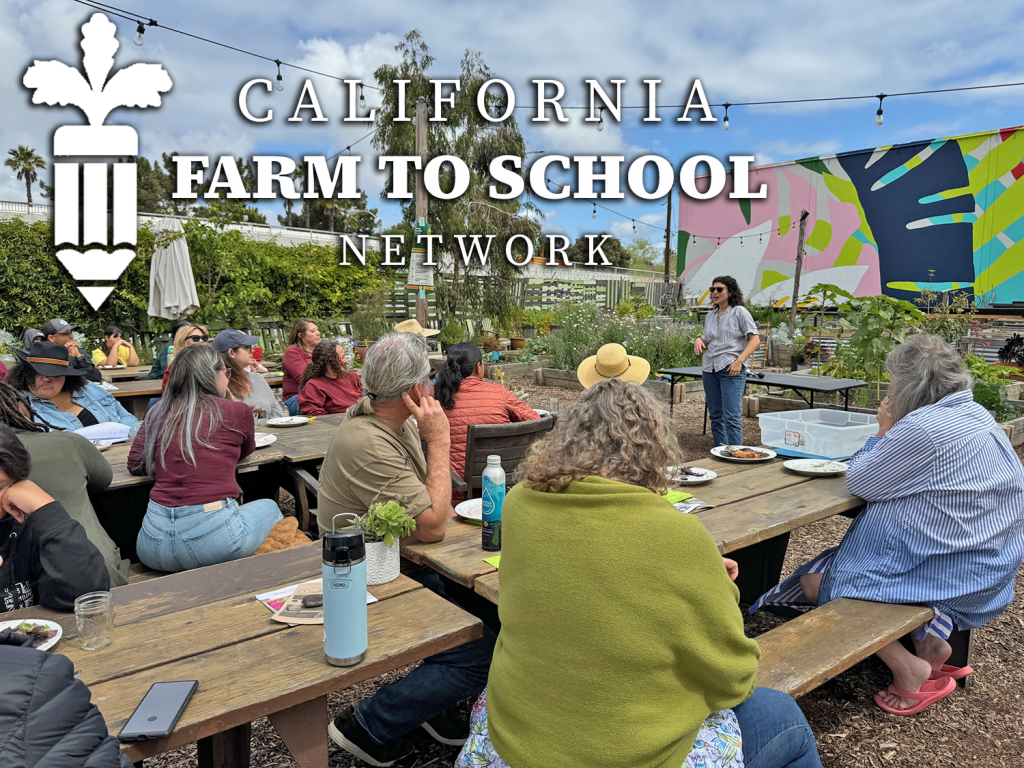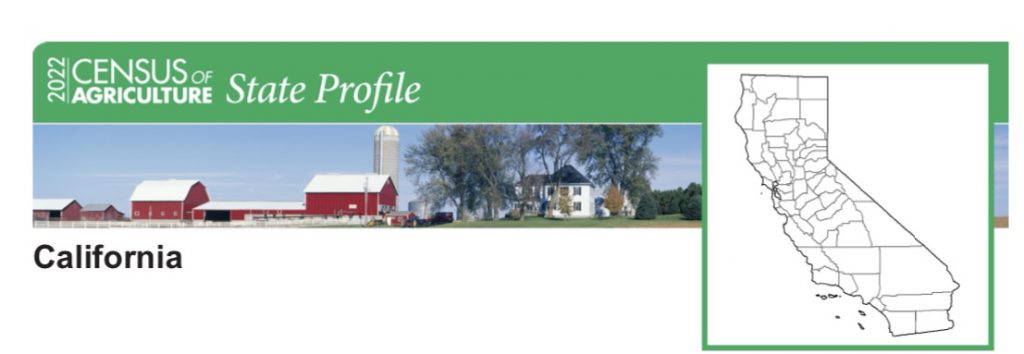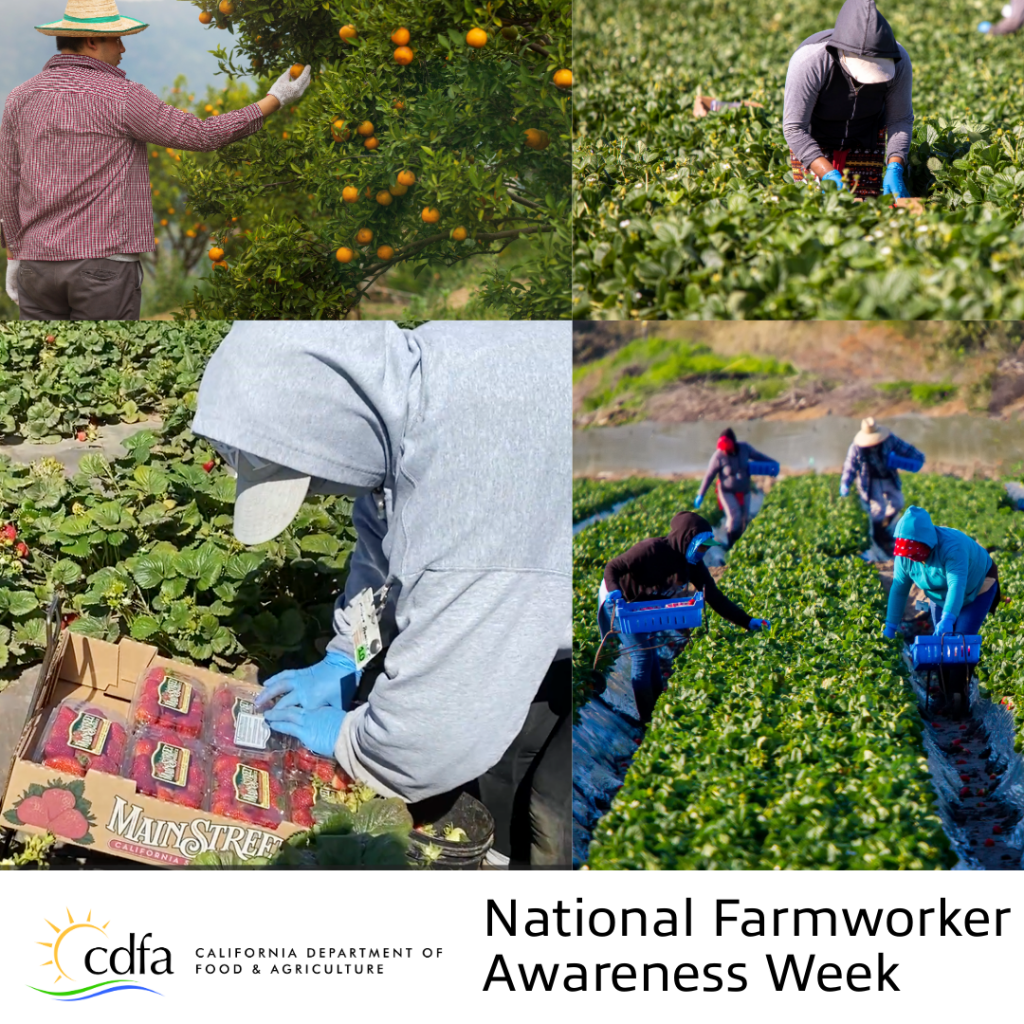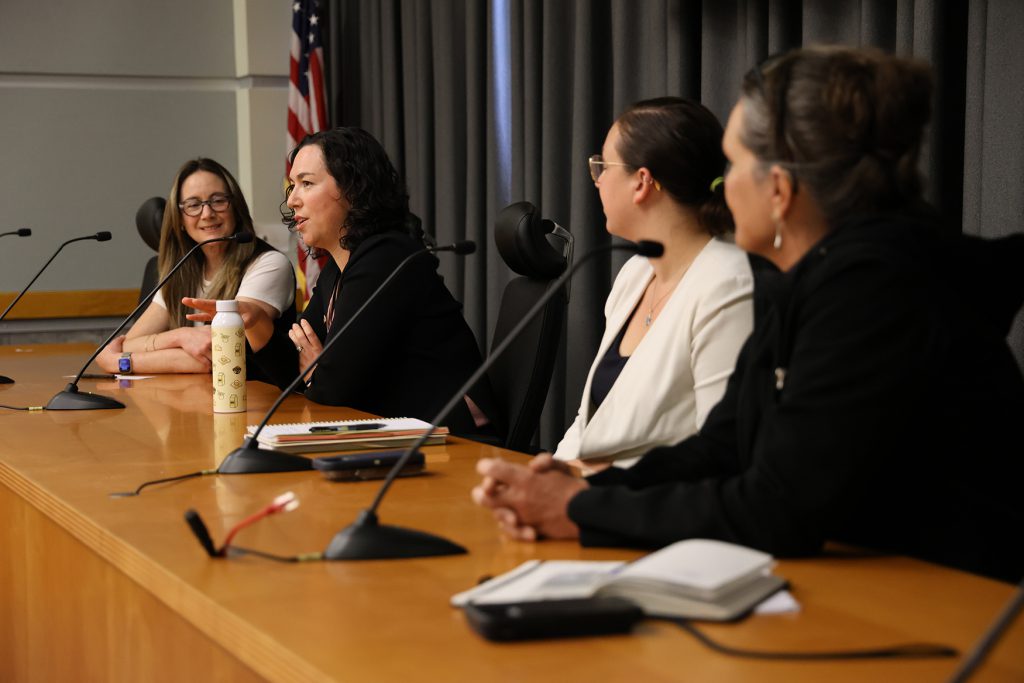USDA Proclaims April 2024 as Invasive Plant Pest and Disease Awareness Month
Our partners at the United States Department of Agriculture (USDA) have proclaimed April 2024 as Invasive Plant Pest and Disease Awareness Month. During this month, we are encouraging everyone—whether you’re a gardener or a camper, a bug enthusiast or a student, a traveler, or an online shopper—to learn about the danger of invasive plant pests and what you can do to help. We are sharing information on curbing the spread of these pests to foster a healthier environment and protect our food supply.
Invasive pests don’t have many enemies in their new environment, so they multiply fast. These pests compete with native species and cause big problems for the environment and farms.
“Annually, invasive insects and plant diseases inflict a staggering $40 billion in damages to plants that we depend on,” said USDA Agriculture Secretary Tom Vilsack. “Invasive species threaten our food supply, agricultural jobs, and way of life. Fortunately, we can reduce their impact and spread. There are lots of things you can do today to avoid moving invasive pests to new places.”
Invasive pests have a relatively small natural range, but they burrow inside untreated firewood, and attach to cars, boats, and other outdoor surfaces. They can travel in agricultural material such as soil, seeds, homegrown produce, and plants. They move large distances by hitching rides on what we move, mail, or travel in. Invasive plant pests and diseases can be inconspicuous hitchhikers.
“It’s easy to unintentionally move hitchhiking invasive species, but if you know what to look for, you can take steps to avoid bringing these damaging pests with you,” said Under Secretary for Marketing and Regulatory Programs (and former CDFA Undersecretary) Jenny Moffitt. “This awareness month is a reminder to us all to slow the spread of invasive species. We can do that by informing ourselves on what to look for and ensuring invasive pests aren’t traveling with us, or on the items we buy online, or mail.”
Unfortunately, humans help plant pests spread faster and farther than they can travel on their own. A bug with a 10-mile natural range in its lifetime may be able to travel 500 miles in a single day by hitchhiking on a plane, train, or car.
— We need the public’s help to reduce the impact of invasive species. Join us in protecting plants this month! Here are some tips:
- Visit CDFA’s website to learn about quarantines in your area. Familiarize yourself with signs of invasive pest infestation on outdoor gear, wild plants, and your garden. Invasive plant pest egg masses on outdoor surfaces are easily mistaken for a smear of mud, so it’s important to clean your car and outdoor gear before traveling.
- If you find signs of new invasive plant pests and diseases in your area, report them to CDFA’s “Report A Pest” hotline (1-800-491-1899), or contact your local Extension office or your USDA State Plant Health Director’s office.
- Don’t move untreated firewood—even if it looks pest-free on the outside. Wood can spread tree-killing beetles. To be safe, buy or source wood locally, or use certified, heat-treated firewood.
- When ordering agricultural materials online, contact the seller to determine where the item is shipping from and adhere to import requirements for any agricultural materials coming from overseas. If you don’t know where an agricultural product is coming from, don’t buy it online. U.S. regulations apply to the importer—meaning the person purchasing and importing the product—not the online merchant. Buy the item domestically or learn how to safely and legally import plants and seeds before purchasing them online.
- Don’t mail homegrown plants, fruits, and vegetables.
- When in doubt, contact your local USDA State Plant Health Director’s office to find out what you need to do before buying seeds or plants online or before mailing homegrown goods.
- Declare all agricultural items, including seeds, soil, and handicrafts to U.S. Customs and Border Protection for inspection when returning from overseas travel. Declaring these items protects local plants from invasive pests, and it’s required by law.
Join the conversation on Facebook and Twitter in April and follow #IPPDAM on social media. To learn more about invasive plant pests and diseases in your area and how to stop them, visit HungryPests.com.










